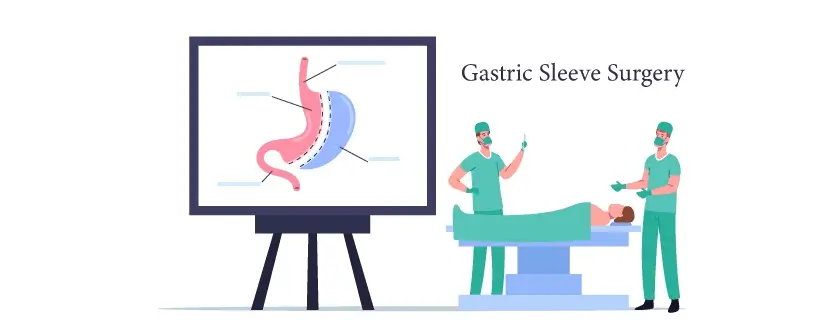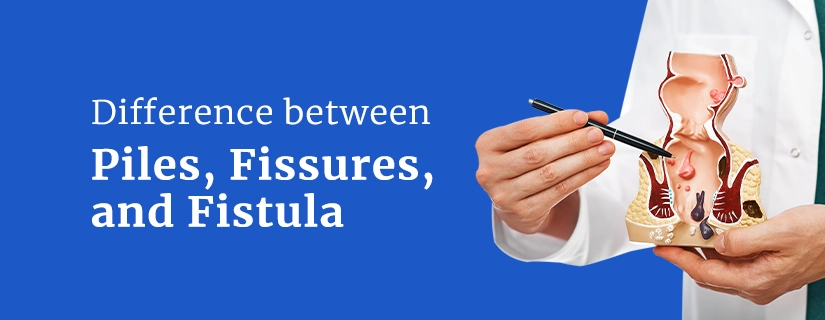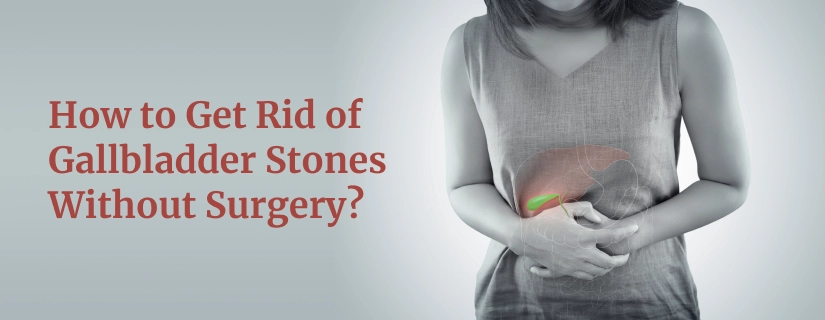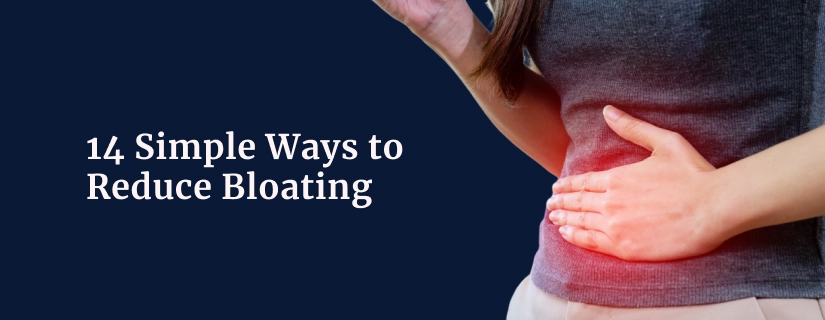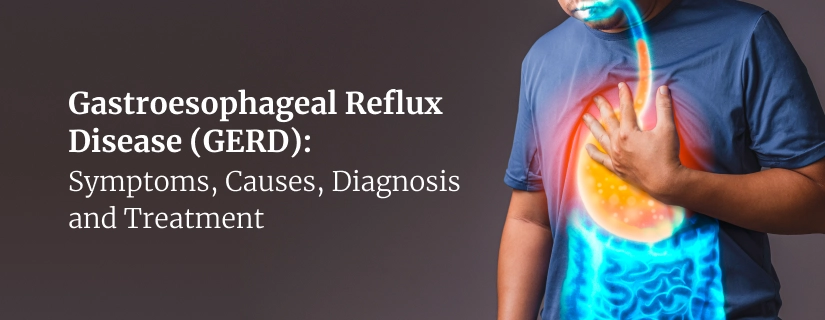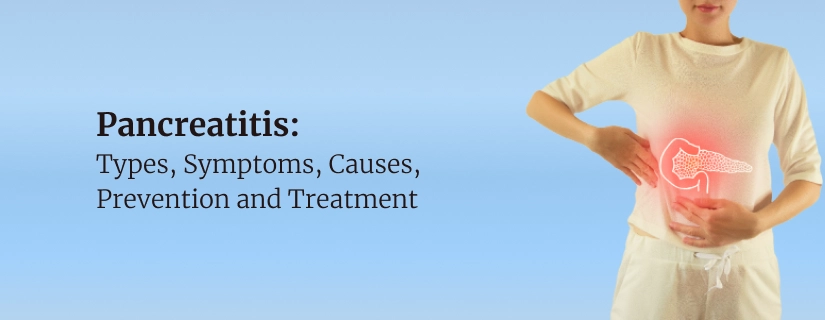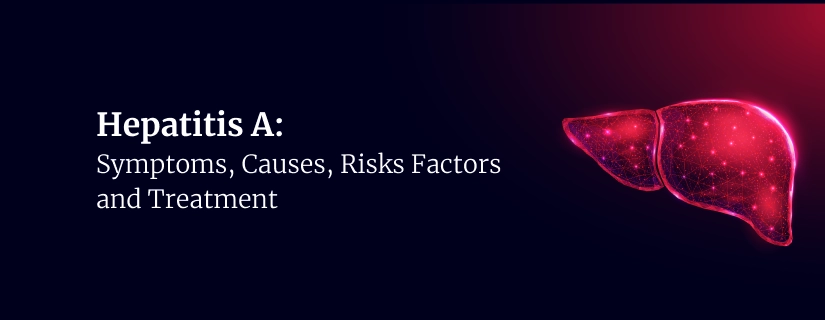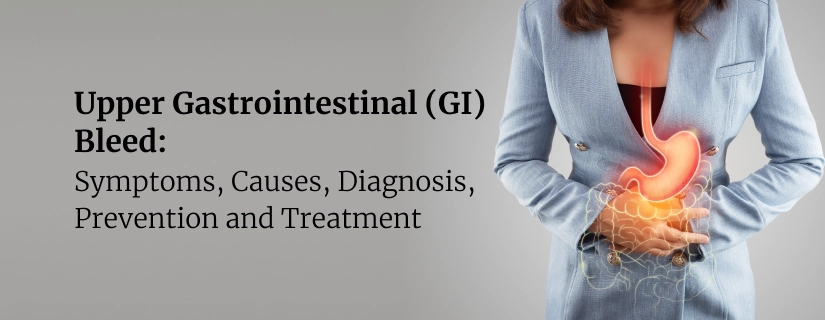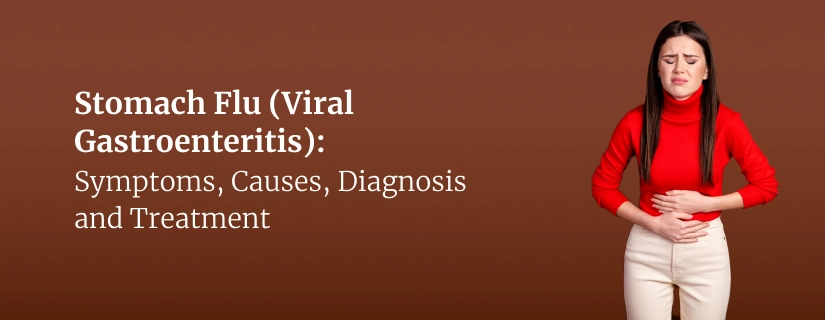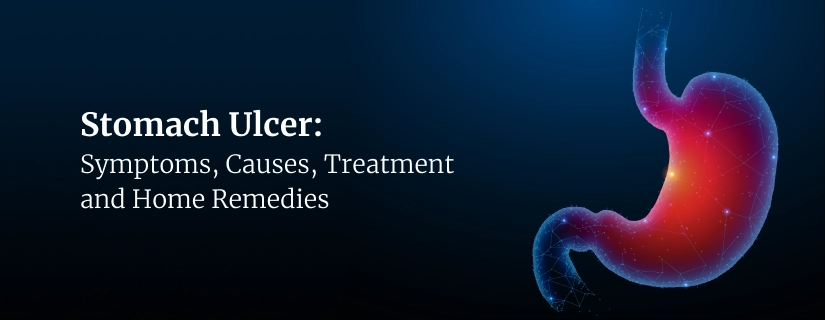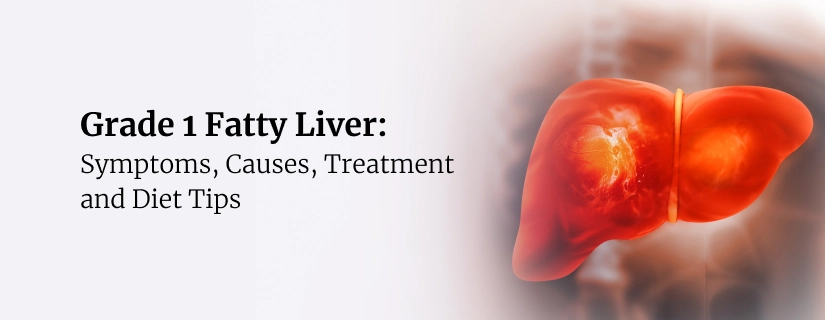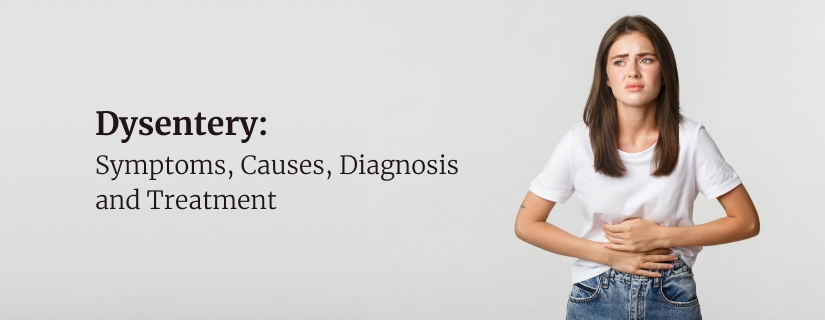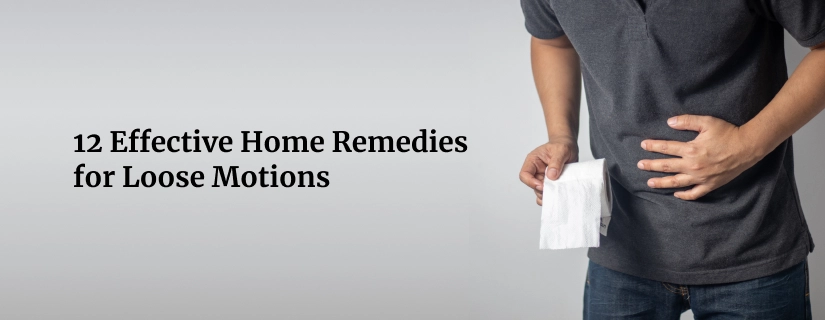-
Doctors
-
Specialities & Treatments
Centre of Excellence
Specialties
Treatments and Procedures
Hospitals & Directions HyderabadCARE Hospitals, Banjara Hills CARE Outpatient Centre, Banjara Hills CARE Hospitals, HITEC City CARE Hospitals, Nampally Gurunanak CARE Hospitals, Musheerabad CARE Hospitals Outpatient Centre, HITEC City CARE Hospitals, Malakpet
HyderabadCARE Hospitals, Banjara Hills CARE Outpatient Centre, Banjara Hills CARE Hospitals, HITEC City CARE Hospitals, Nampally Gurunanak CARE Hospitals, Musheerabad CARE Hospitals Outpatient Centre, HITEC City CARE Hospitals, Malakpet Raipur
Raipur
 Bhubaneswar
Bhubaneswar Visakhapatnam
Visakhapatnam
 Nagpur
Nagpur
 Indore
Indore
 Chh. Sambhajinagar
Chh. SambhajinagarClinics & Medical Centers
Book an AppointmentContact Us
Online Lab Reports
Book an Appointment
Consult Super-Specialist Doctors at CARE Hospitals
Endoscopic Mucosal Resection (EMR): What it is, Procedure and Recovery Process
Updated on 23 January 2024
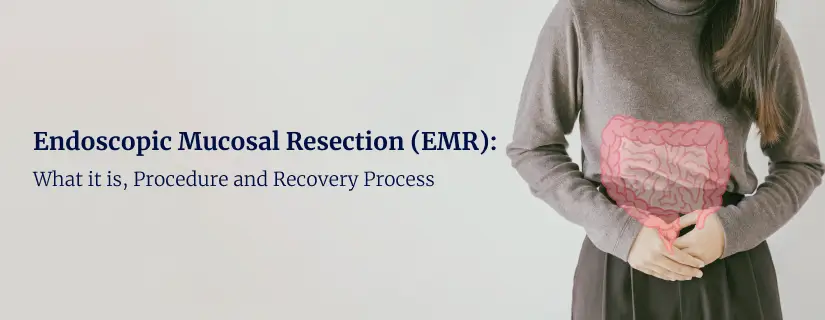
Table of Content
- What are the Indications and Contraindications For Endoscopic Mucosal Resection?
- Who Can Be a Candidate for Endoscopic Mucosal Resection?
- What Happens Before Endoscopic Mucosal Resection?
- What Happens During the Endoscopic Mucosal Resection Procedure?
- What Happens After Endoscopic Mucosal Resection?
- Recovery & Outlook After the Endoscopic Mucosal Resection Procedure
- FAQs
EMR, or Endoscopic Mucosal Resection, is a therapeutic procedure used for diagnostic and treatment purposes of precancerous lesions or cancerous tumours (in the early stages) from the gastrointestinal (digestive) tract. It is a minimally invasive surgical procedure performed by an interventional Gastroenterologist with the help of an endoscope.
The endoscope is equipped with a camera mounted at the top, which provides real-time visuals of the internal composition of tissues and organs of the gastrointestinal tract. The endoscope may be inserted through the throat to reach the oesophagus, stomach, and duodenum (upper portion of the small intestine) to track and remove tumours of the upper gastrointestinal tract. Procto-insertion of the endoscope may be performed to reach tumours or lesions formed in the lower portion of the gastrointestinal tract (large intestine).
The EMR procedure removes tumours and lesions developing within the mucosa layer of the gastrointestinal tract. This procedure not only helps present observation of abnormalities inside the gastrointestinal tract but also allows the removal of superficial lesions and tumours present on the mucosa and the submucosa layer of the gastrointestinal tract.
Furthermore, the endoscopic mucosal resection procedure facilitates the collection of tissues from the gastrointestinal tract for laboratory examination and diagnosis. If the presence of cancer is confirmed, the EMR procedure can help identify the penetration or invasion of cancer deep into the lining of the gastrointestinal tract.

What are the Indications and Contraindications For Endoscopic Mucosal Resection?
There are quite a few indications and contraindications to be considered before the EMR procedure. Initially, this procedure was developed for rigid sigmoidoscopy and later on employed for flexible colonoscopy. Thus, the colonic indications for endoscopic mucosal resection are quite similar to the former and include the following.
- Early-stage oesophagal cancer or colorectal cancer
- Resection of cancerous tumours incidentally found
- Resection of superficial tumours in the gastrointestinal walls having diameters less than 2 cm
- Barrett's oesophagus
Contraindications to the EMR procedure also need to be considered depending on certain characteristics of the lesion before the procedure, which include the following.
- Characteristics: If the lesion or tumour is present deep within the submucosa, the EMR procedure may not yield effective results and may even increase the risk of incomplete resection along with potential tumour recurrence.
- Size: Lesions larger than 2 cm may not be effectively removed by the EMR procedure and require resorting to alternative approaches like endoscopic submucosal dissection (ESD).
- Location: Lesions or tumours present in locations which may be anatomically difficult to reach using conventional resection techniques may need treatment through alternative methods.
Besides these factors, patients with considerable comorbidities may impact the procedure's outcome, making them unsuitable for the EMR procedure. Additionally, patients unable to tolerate or allergic to anaesthesia may be advised to refrain from this procedure.
Who Can Be a Candidate for Endoscopic Mucosal Resection?
The EMR procedure is mainly employed for the detection of tumours present in the mucosa. Patients with precancerous lesions or tiny tumours may require undergoing the EMR procedure.
Larger lesions or tumours in the gastrointestinal lining may not be possibly removed by the EMR procedure and require more invasive procedures like chemotherapy, radiation therapy, or endoscopic submucosal dissection.
What Happens Before Endoscopic Mucosal Resection?
Patients undergoing endoscopic mucosal resection are likely to be given detailed instructions by their doctors to prepare for the procedure. It is essential to let the doctor know about any medications or supplements taken or if there is a likelihood of an allergic reaction to anaesthesia. This may also help prevent post-surgical complications.
Here are some of the general instructions that may be suggested before the EMR procedure.
- EMR Procedure in the Lower Gastrointestinal Tract: Following a liquid diet for a period leading up to the day of the procedure, along with performing an enema for cleansing the bowel. Laxatives may also be recommended to cleanse the colon and allow a clear picture of the internal structures of the colon and the rectum.
- EMR Procedure in the Upper Gastrointestinal Tract: Avoid consuming foods or beverages for at least 12 hours before the procedure to ensure the absence of food in the oesophagus.
What Happens During the Endoscopic Mucosal Resection Procedure?
During the endoscopic mucosal resection procedure, the patient may receive general anaesthesia, where they may sleep through the procedure or maybe sedated via an IV line to avoid discomfort or pain during the procedure. This endoscopic procedure involves utilising a high-definition endoscope (a flexible, lighted tube with a camera mounted at its head) that is inserted through the mouth of the anus depending on the requirement of the procedure and the location of the tumour or lesion.
The images produced by the endoscope may present a vivid picture of the internal structures to locate the tumour or lesion without harming the surrounding tissues. A thin, electric wire is looped in through the endoscope and targeted to loop around the entire or part of the tumour. The electric wire separates the tumour or lesion without damaging the adjoining tissues and covers the cut simultaneously.
The tumour is retrieved via suction or a specialised retrieval tool, often part by part if the tumour is large. Since the EMR procedure may be employed for diagnostic purposes as well, a sample of tissues from the tumour retrieved may be sent to the laboratory for further examination.
What Happens After Endoscopic Mucosal Resection?
After the procedure has been concluded, the patient may need post-surgical health monitoring and care for some time or until the sedative or anaesthetics wears off. The doctor may discuss the result or report of the procedure before the patient is discharged.
A pathologist may be employed to identify signs of disease in the tissue sample or to verify that all parts of the tumour have been removed.
Following the procedure, the patient is likely to experience common side effects due to the procedure, which may include the following.
- Sore throat, if the endoscope was inserted through the mouth
- Upset stomach or vomiting if the endoscopic procedure was aimed at treating problems in the stomach or intestine
- Bloating/cramping/excessive gas if the endoscopic procedure involved inflating the abdomen
Recovery & Outlook After the Endoscopic Mucosal Resection Procedure
After the patient is discharged, they need to follow the doctor's instructions on food and diet, along with taking any medications that may be recommended for the individual patient. They may need to visit the gastroenterologist for further checkups, likely within 12 weeks following the procedure. The checkups may also be performed endoscopically to ensure optimal recovery of the internal tissues of the digestive system. They may also recommend additional tests or therapies during follow-up visits, depending on the findings.
Most patients are able to resume work the day after the EMR procedure has been performed. A liquid diet may be prescribed for a period of time until the digestive tract heals.
FAQs
1. How long does the endoscopic mucosal resection procedure take?
The whole procedure of endoscopic mucosal resection may take around 30-60 minutes to be completed.
2. What are the advantages of the endoscopic mucosal resection procedure?
The endoscopic mucosal resection procedure allows gastroenterologists to remove precancerous lesions or cancerous tumours with minimal incisions. This helps diagnose and prevent the growth and spread of cancerous tissues to other parts of the body. Endoscopic utilisation ensures the prevention of damage to surrounding tissues as well as making larger incisions or removing parts of the digestive system. Thus, in comparison to open surgery, this procedure endows with the following advantages:
- Lower mortality or morbidity
- Lesser pain
- Faster recovery
- Lower risk of complications
- Less scarring
3. Are there any complications related to the endoscopic mucosal resection procedure?
Although rare, there are some complications associated with the endoscopic mucosal resection procedure, which may include:
- Bleeding
- Infection
- Perforation in the gastrointestinal tract
- Scarring in the oesophagus
To Book an Appointment, call:
ENQUIRY FORM
SELECT CATEGORIES
-
Neurosciences (16)
-
Neurology (37)
-
Neurosurgery (14)
-
Orthopaedics (48)
-
Oncology (33)
-
Obstetrics and gynecology (52)
-
Pulmonology (23)
-
Urology (20)
-
Nephrology (13)
-
Psychiatry (7)
-
Dietetics and Nutrition (111)
-
General Medicine (63)
-
Cardiac Sciences (32)
-
Vascular & Endovascular Surgery and Interventional Radiology (15)
-
Gastroenterology (46)
-
Endocrinology (23)
-
Plastic Surgery (10)
-
Critical Care Medicine (5)
-
COVID-19 (16)
-
Dermatology (16)
-
Emergency Care (1)
-
Ophthalmology (4)
-
Pediatrics (14)
-
Laparoscopic and Bariatric Surgery (8)
-
ENT (15)
-
Kidney Transplant (1)
-
Liver Transplantation and Hepatobiliary Surgery (5)
-
General Surgery (3)
-
Internal Medicine (5)
-
Medicine Information
Dyspepsia (Indigestion): Symptoms, Causes, Diagnosis, Prevention and Treatment
Peroral Endoscopic Myotomy (POEM) for Achalasia Cardia
YOU MAY ALSO LIKE
RECENT BLOGS
-

Preterm Birth (Premature Birth): Symptoms, Causes, Treatment and Prevention
13 May 2025
Read More
-
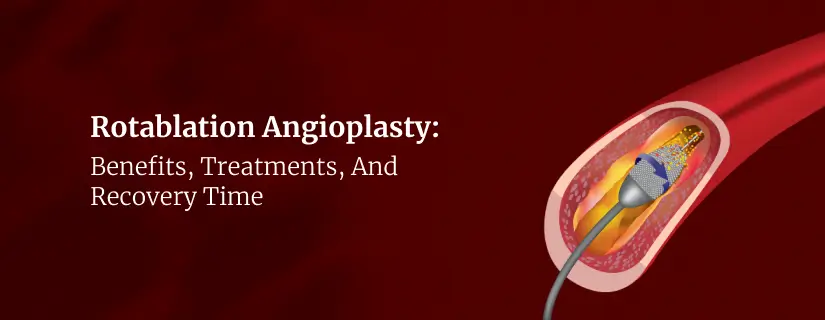
Rotablation Angioplasty: Benefits, Treatments, And Recovery Time
9 May 2025
Read More
-
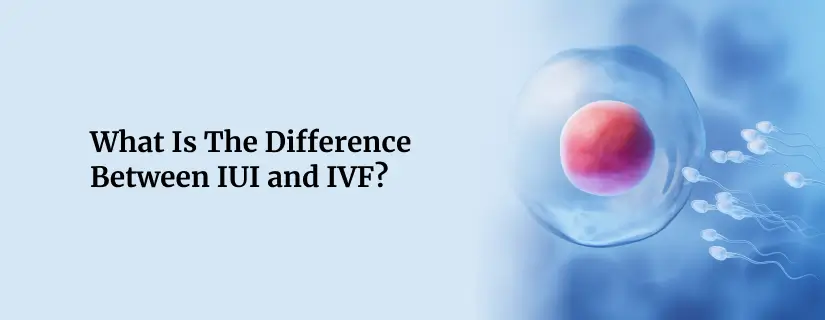
What Is The Difference Between IUI and IVF?
9 May 2025
Read More
-
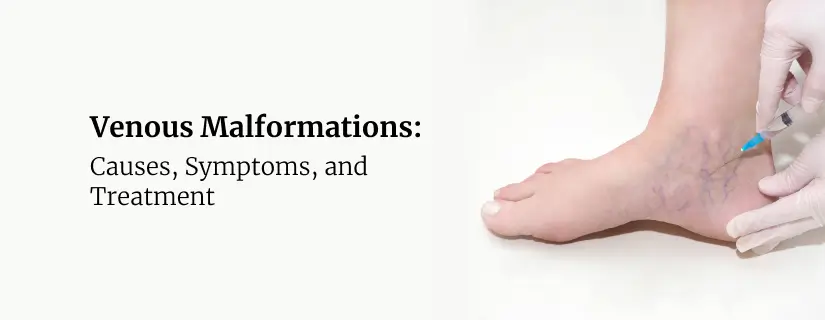
Venous Malformations: Causes, Symptoms, and Treatment
30 April 2025
Read More
-
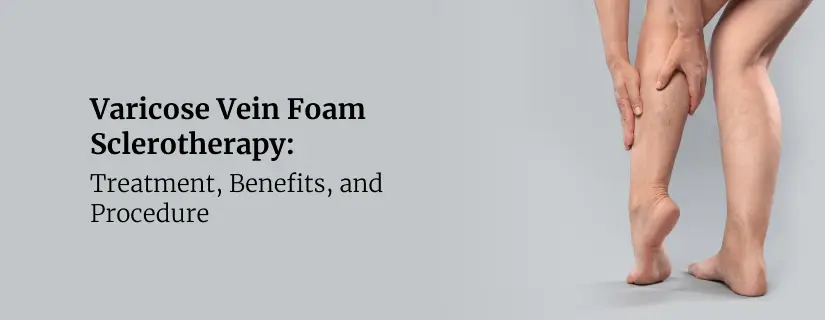
Varicose Vein Foam Sclerotherapy: Treatment, Benefits, and Procedure
30 April 2025
Read More
-
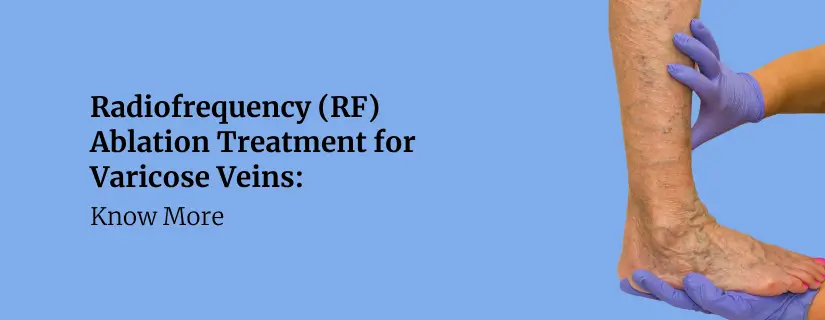
Radiofrequency (RF) Ablation Treatment for Varicose Veins: Know More
30 April 2025
Read More
-

Varicose Vein Sclerotherapy: Treatment, Benefits, and Procedure
30 April 2025
Read More
-
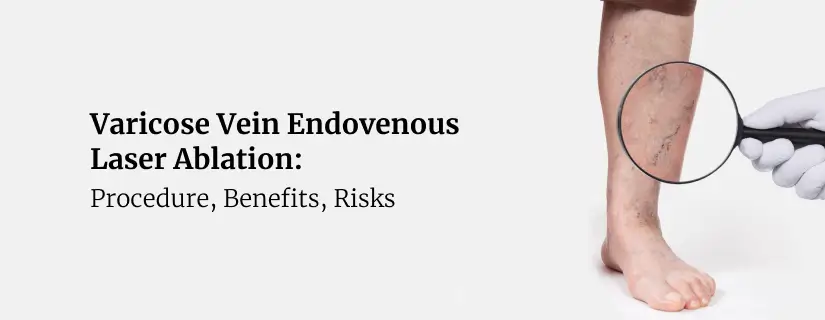
Varicose Vein Endovenous Laser Ablation: Procedure, Benefits, Risks
30 April 2025
Read More
Have a Question?
If you cannot find answers to your queries, please fill out the enquiry form or call the number below. We will contact you shortly.








